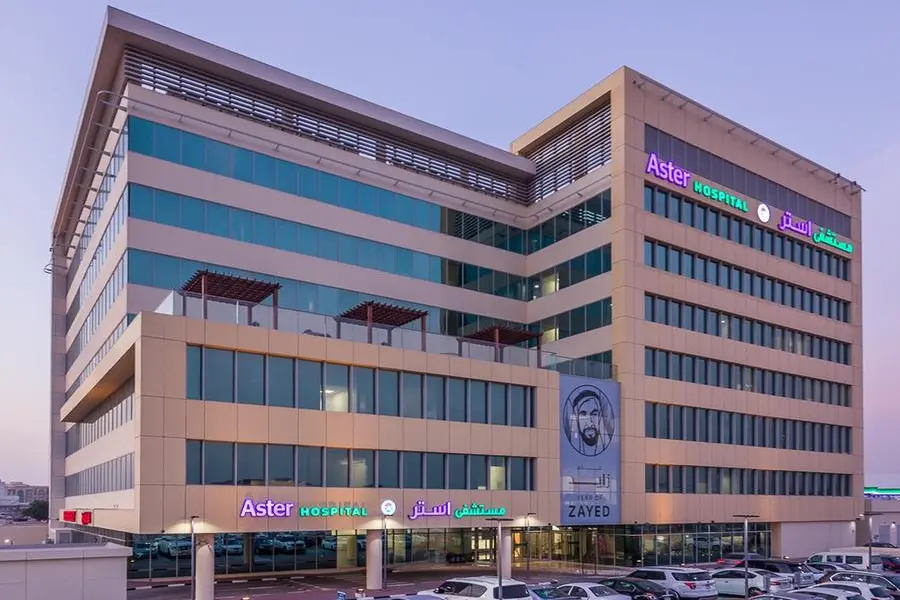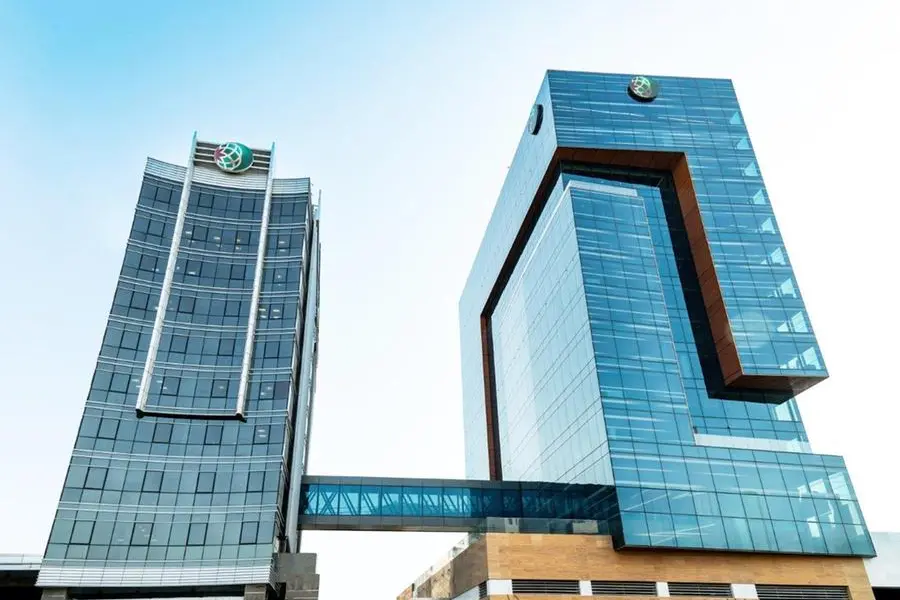According to the website of Greater Amman Municipality (GAM), work on the Abdoun Bridge Project is scheduled to begin on Dec.14, 2002 and is expected to complete by April 12, 2005. But today, the bridge is still under construction, almost a year-and-a-half behind its target completion date published on GAM's website. The legacy project is far behind schedule.
I have heard and read many interpretations, trying to explain the reason behind the delay. Some say that the problem was with some suppliers, or underestimation of the required cost and time. Others sight the breaking down of a major and rare piece of equipment on the project. Yet, these are not causes. These can be viewed as part of the consequences of the real cause for the delay, and such notions may help us find the real root cause for the problem.
In short, I can not claim that I know the issues that have faced the project off-hand, but the root cause for the delay is for sure the high level of uncertainty surrounding the project.
Uncertainty means the high number of what is termed "unknown unknowns," raising the level of risk on the project.
Risk is an uncertain event or condition that if it occurs on the project, will have an impact (in this case negative one), hampering the possibility of achieving the objectives of the project, at hand and hence its success. The less familiar stakeholders are with the project and its outputs, the higher the risks. The problems and the delay of the Abdoun bridge have certainly been the result of uncertainty.
Unfamiliarity with this type of bridge in Amman has increased the chances of problems facing the project. Let's assume that the municipality attempts to build an almost identical bridge somewhere else in Amman at a later stage, its chances of being completed on time will be higher, as key stakeholders are now more familiar with this type of project.
Something has to be done about uncertainty the next time such an unfamiliar project is attempted. In project management, stakeholders use project risk-management to deal with uncertainty. The higher the unfamiliarity with the project, the higher is the uncertainty, and accordingly the more rigorous the project risk-management processes must be.
The real cause for delay is the occurrence of risk that has not originally been taken into consideration. To prove the theory that uncertainty is behind delay in most projects, all it takes is for one to wonder how come whatever problems faced on the project have not been addressed during planning. The answer will be that no one has predicted that such a problem will occur. If they have seen it coming, they would have done something about it.
All projects in the world are done under uncertainty. Uncertainty means how the project will be actually carried out, and what will actually happen in the project is uncertain. All the planning that is done at the beginning and throughout the project cannot eliminate the uncertainty on the project. The only thing that will help the project deal with the uncertainty is risk management. Risk management improves chances of project success in face of uncertainty by identifying, analysing, and responding to project risk. Risk management turns "unknown unknowns" into "known unknowns." Once these unknowns become known, they can be managed. If they remain unknown, stakeholders cannot do anything about them, except maybe add a management reserve to account for them. The more risk management is done on the project, the less the unknown unknowns are, and the less the surprises and the unaccounted for negative events. Risk management helps stakeholders respond to risk proactively through risk mitigation, avoidance, transference, and contingency planning. It also helps monitor these risks during the execution stage to determine if they will occur, and whether risk responses are effective.
The more rigorous and thorough project risk management processes taken on the project the better chances the project will have of success.
Is this a simplification of the problem or is the problem really that simple? It depends on how you look at it. From my perspective, as a project management consultant, giving enough time and putting enough effort and applying enough rigor to risk management will help reduce the chances of project failure.
The good news is that, once successfully operational, the Abdoun Bridge will be there long after people forget the delay. Legacy projects, if completed, and if they result in a quality product, produce benefits that prove to be worth all the troubles faced during the project construction, even if the project is delayed or over budgeted. Let us hope that Abdoun bridge will be one of these products that will make us forget its project delays, and that it brings great value for decades to come.
The Abdoun bridge is part of Amman's ring road, where the descending road from the hillside, that goes up towards the fourth circle, intersects Wadi Abdoun and climbs back up on the opposite hill towards Abdoun Circle.
By Ammar W. Mango
© Jordan Times 2006




















